| Title | Correlated speckle noise in white-light interferometry: theoretical analysis of measurement uncertainty |
| Publication Type | Journal Article |
| Year of Publication | 2009 |
| Authors | Hering, M, Körner, K, Jähne, B |
| Journal | Appl. Optics |
| Volume | 48 |
| Pagination | 525--538 |
| Abstract | The partial coherent illumination of the specimen, which is required for white-light interferometric measurements of optically rough surfaces, directly leads to speckle. The electric field of such speckle patterns strongly fluctuates in amplitude and phase. This spatially correlated noise influences the accuracy of the measuring device. Although a variety of noise sources in white-light interferometry has been studied in recent years, they do not account for spatial correlation and, hence, they cannot be applied to speckle noise. Thus, we derive a new model enabling quantitative predictions for measurement uncertainty caused by speckle. The model reveals that the accuracy can be attributed mainly to the degree of spatial correlation, i.e., the average size of a speckle, and to the coherence length of the light source. The same parameters define the signal-to-noise ratio in the spectral domain. The model helps to design filter functions that are perfectly adapted to the noise characteristics of the respective device, thus improving the accuracy of postprocessing algorithms for envelope detection. The derived expressions are also compared to numerical simulations and experimental data of two different types of interferometers. These results are a first validation of the theoretical considerations of this article. |
| DOI | 10.1364/AO.48.000525 |
| Citation Key | hering2009 |


